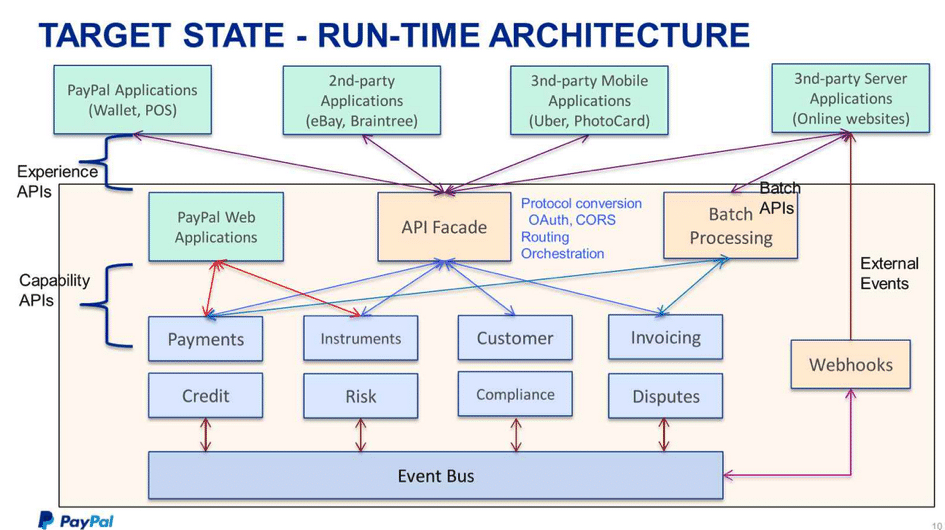A decade or two ago, you might have already had the urge to invest in eCommerce. But astute as you are, you must have decided to wait for the right time and perhaps the right place to do it. That time has come. And the right place to do it? Try the United Kingdom.
Here’s why:
1. ?100 billion worth to the UK economy
A report conducted by US-based BCG (Boston Consulting Group) showed that Internet-based business in the UK reached ?100 billion in 2009. That translated to 7.2% of the country’s GDP that year, making it bigger than industries like construction, education, and health & social work, and even slightly bigger than agriculture, hotels & restaurants, and mining, combined. Click here to see the comparison shown as a graph.
?100 billion?is certainly huge, but?the market potential of the Internet in UK is even made more evident if you also look at the numbers based on amount spent per capita…
2. # 1 in per capita spending
According to IMRG (Interactive Media in Retail Group), “the UK’s per capita spend of ?1333 (?1108) per annum” is number one in the world. This shows that people from the United Kingdom are more willing to buy goods from the Internet than other people on the planet. And this alone should tell you why UK is the best place for e-commerce.
But while you’re still pondering whether now is really the best time to invest, bear in mind that competitors who have gone to the Internet before you are already thinking of expanding …
3. 1.5 million workers in Internet retailing by 2015
Last year (2011), the number of people employed in UK e-businesses was about 730,000. While conducting its second annual e-Jobs index in 2011, IMRG (Interactive Media in Retail Group) found out that it was largely due to a rise in employment in 63% of e-businesses. The study also showed that 60% of e-businesses were also planning to beef up their employees within a year’s time.
While other sectors are shrinking their ?workforce, businesses on the Internet are growing theirs. Were they just speculating? Perhaps not…
4. 50% of parsels during 2016 pre-Christmas peak will come from e-commerce
Last year (2011), parcels coming from e-commerce accounted for 37% of all items sent through UK couriers during the November-December stretch. That volume from e-commerce was 15% higher than the previous year. This remarkable climb, which was reported by Global Freight Solutions (GFS), shows the growing confidence of customers when it comes to buying products online.
If this rate continues, items from e-commerce will easily comprise 50% of parcels by 2016. Chances this rate will continue? Let’s go to number 5 and you be the judge.
5. 66% of all adults made online purchases in 2011
A statistical bulletin published by the ?Office for National Statistics revealed that 32 million people made online purchases in 2011. That actually comprises 66% of all adults in the UK. Significant as that may seem, what is really striking is that that figure used to be 62% in 2010. So again, this proves that the number of people who buy products and services online is steadily growing.
If you really think about it, these statistics should not be surprising. The smartphone is now practically the default mobile device of anyone who owns a mobile phone. And then of course there are laptops and tablets.
With these devices on hand, coupled with the ever growing number of WiFi hotspots and telecommunications bandwidth, gaining access to the Web has never been easier.?It can be done practically anytime, anywhere.
This makes it so easy for people to search for products, compare competing brands, and eventually make a purchase from home, the office, on the terminal, or on the train.
Related post:
Integrated e-commerce ? The right way to do extend your business online
Contact Us
- (+353)(0)1-443-3807 – IRL
- (+44)(0)20-7193-9751 – UK
